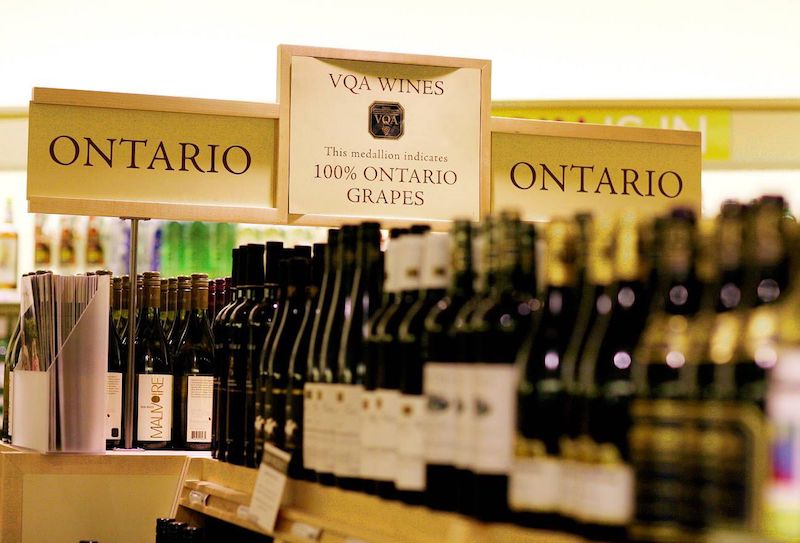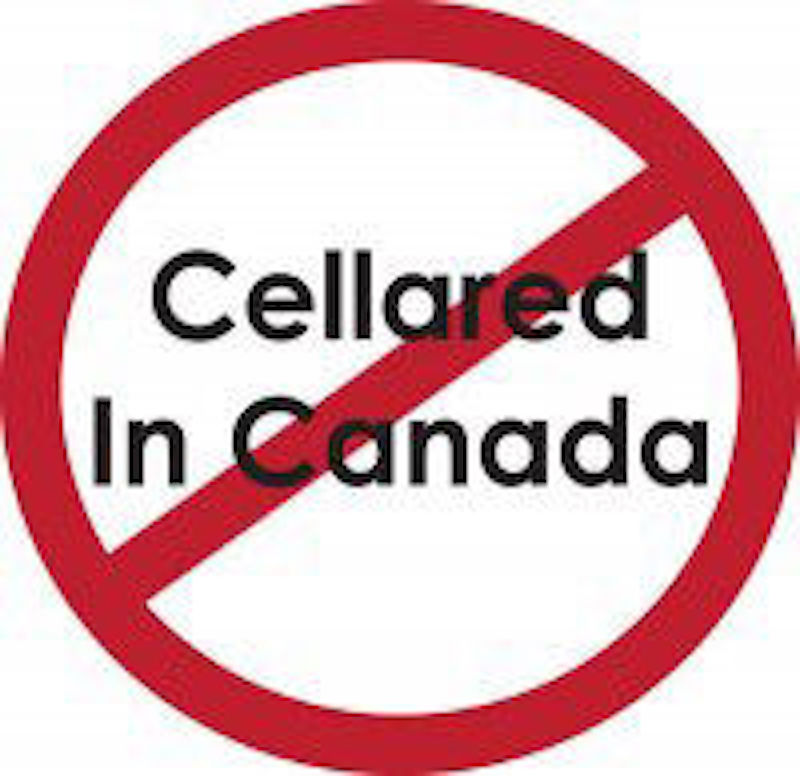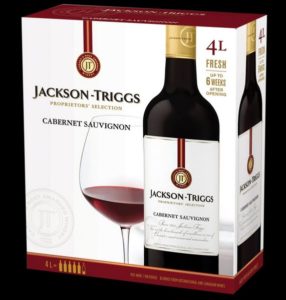
Rick VanSickle
While the fight for truth in labelling on bottles of Canadian wines is now over, the white elephant in the room will continue to roam unfettered just as it always has.
In case you missed it, after decades of concern over Cellared in Canada wine labelling has finally led to marketing changes for all wine that’s not made from 100 per cent Canadian grown grapes.
Blended wines bottled in Canada from both domestic and international grapes will be required to make a new statement following changes announced Monday by the Canadian Food Inspection Agency (CFIA).
The new statements created by the CFIA to replace Cellared in Canada are as follows:
• For primarily imported wines: “International blend from imported and domestic wines”
• For primarily domestic wines: “International blend from domestic and imported wines”
The new rules will have a profound effect on Cellared in Canada wines in British Columbia where the big blenders are only required to use an embarrassingly tiny 1% of Canadian grapes in their international blends. It has sparked outrage from VQA wineries in the province and prompted a legal battle to force change.
“Truth in labelling and authenticity certification are cornerstones to our B.C. VQA Wine program,” B.C. Wine Institute President/ CEO Miles Prodan said in a news release following the decision. “A wine label tells consumers what they are buying and what they are drinking. It is important the label accurately identifies the origin of the wine.”

In Ontario, the decision, while applauded, was greeted with much less enthusiasm. The main newspapers in Ontario have not mentioned the story and the main newspaper in St. Catharines, in the heart of wine country, had not reported on the news as of today (Wednesday), not surprising, but still, it is an important story for the industry whether you work in B.C. or Ontario.
First of all, the rules for blenders are different in Ontario where there is a mandated minimum 25% Ontario grape content. And that doesn’t change with this newest ruling.
As Aaron Dobbin, president of the Winery and Grower Alliance of Ontario, told Wines In Niagara, blended wines are “an important product within the wine industry.”
 The Alliance represents the majority of wineries in Ontario that have licences to blend Ontario grapes with imported grapes to bottle so-called Cellared in Canada wines. They are sold in a separate “International blend” section of LCBO stores but are still hard to decipher whether they are Canadian wines or international blends, especially with brands such as Jackson-Triggs, which uses the same logo on both bottlings.
The Alliance represents the majority of wineries in Ontario that have licences to blend Ontario grapes with imported grapes to bottle so-called Cellared in Canada wines. They are sold in a separate “International blend” section of LCBO stores but are still hard to decipher whether they are Canadian wines or international blends, especially with brands such as Jackson-Triggs, which uses the same logo on both bottlings.
Dobbin maintains that his alliance members compete against other blended wines from other countries, not VQA wines, and also points out that even with the 25% minimum for Ontario grapes, that translates to significant income for Ontario grape growers.
To wit:
• Imported wines have 58% of the market share of all wines sold in Ontario
• International Canadian Blends have a 32% market share
• VQA wines have a 10% market share
• The volume sold of domestic wine is 75% ICB and 25% VQA
• 54% of the Ontario grape crop goes into ICB wines, the rest into VQA wines
You can see why the large blenders, including Peller and Arterra, are not moving off blended wines any time soon.
Dobbin says his alliance was “very supportive of the (labelling) change and worked closely with the industry through the consultation process.”
Dan Paszkowski, president and CEO of the Canadian Vintners Association (CVA), praised for the federal government for the change: “The support of Minister MacAulay and the Canadian Food Inspection Agency are greatly appreciated.”
The new label designation will clearly inform consumers that the wine is a blend of wine from different countries, the CVA said.
Throughout the summer of 2016, the CVA worked with its regional partners, the British Columbia Wine Institute (BCWI), the Winery & Grower Alliance of Ontario (WGAO), and the Wine Association of Nova Scotia (WANS), to engage and to conduct interviews with 100% Canadian and Canadian blended wine producers in B.C., Ontario, Quebec and Nova Scotia, as well as major liquor retailers across Canada. The CVA and its partners also organized two facilitated stakeholder sessions in Central Canada and Western Canada.
Following consultations, the recommended new label designation was that “International Blend from Imported and Domestic Wines” be adopted. Through the Food Label Modernization process, the CVA engaged with the Minister of Agriculture and senior officials at the Canadian Food Inspection Agency (CFIA) with a view to rapid implementation of the proposed label designation. The CFIA heard strong support for the proposed statements, with nearly 81 per cent of all respondents, who were supportive of the proposed statements.
“Canadian producers will now begin the process of transitioning to the new label designation as quickly as possible,” said Paszkowski.





Dobbin’s error of fact is that these CIC wines are actually blended with grapes from at least two different countries – other countries send us wines blended from grapes from one country origin only.
Big difference….